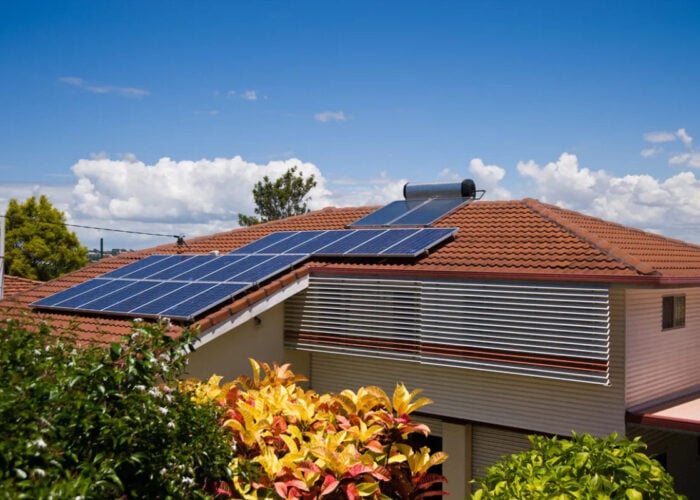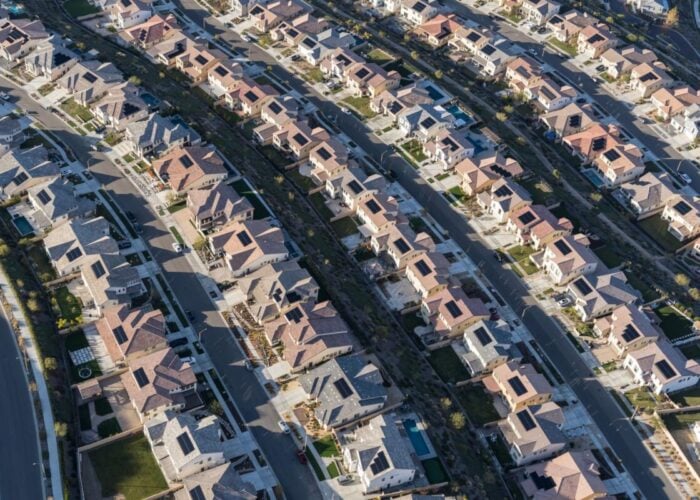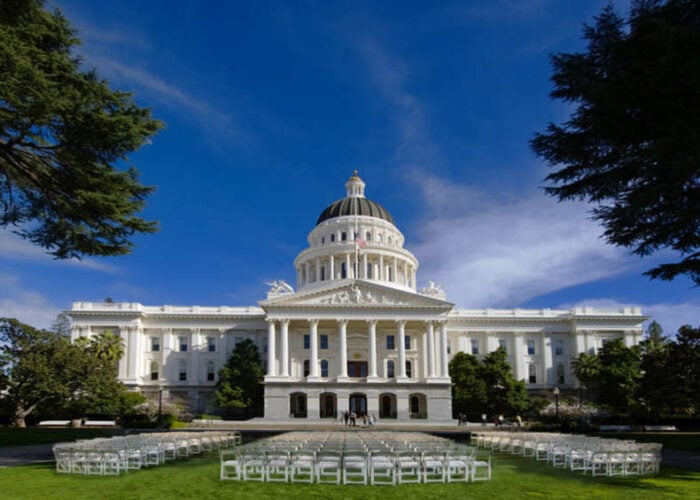The organisation responsible for overseeing California’s bulk electric power system has approved proposals to accommodate more distributed energy resources, including rooftop solar, energy storage, advanced inverters and demand response, onto the state’s grid.
The board of directors at the non-profit California Independent System Operator (Cal ISO) also determined on Wednesday that measures can be taken to “replace ageing technologies” so that distributed resources can be used to respond quickly to steep rises in demand.
Try Premium for just $1
- Full premium access for the first month at only $1
- Converts to an annual rate after 30 days unless cancelled
- Cancel anytime during the trial period
Premium Benefits
- Expert industry analysis and interviews
- Digital access to PV Tech Power journal
- Exclusive event discounts
Or get the full Premium subscription right away
Or continue reading this article for free
The latter will include investment in a new energy management system for the grid which will use “sophisticated” software and hardware to monitor and control renewables integration, energy storage and the aggregation of demand response services. The project is expected to cost US$13.5 million, paid for by CalISO’s cash reserves and not requiring any debt financing.
As well as having put in place a senate bill, SB350, that sets the state’s goal for producing electricity from renewable sources at an ambitious 50% by 2030, the state has grid infrastructure that, according to many accounts, is starting to be constrained. As with many other regions of the world, there is a growing recognition that technologies such as energy storage and demand response can help not only with adding more renewables, but also in adding more flexibility to the network.
Cal ISO’s proposals are in some ways an effort to nail down regulatory definitions for how resources are defined within the context of the electricity network as a market as well as in technical terms. Storage, for instance, can act as both generator and load, but is not recognised as such in regulatory definitions that almost universally were developed before grid and behind the meter batteries started to become viable for use at scale.
SolarCity whitepaper spells out US$1.4bn annual benefits for California society and utilities
A memorandum issued ahead of the meeting from Cal ISO’s president and CEO, Steve Berberish, explained the benefits of allowing for market participation of DERs:
“As distributed resources continue to grow on the grid, it’s critical to leverage them in managing the bulk power system rather than unnecessarily duplicating resources,” Berberish wrote.
“The ISO seeks to provide a platform for distributed resources to offer their services in the wholesale market while working closely with regulators and the utilities to better define how the transmission/distribution interface will work.”
The changes still need to be approved at national level by the Federal Energy Regulatory Commission (FERC) and have been put forward for FERC to review.
Perhaps timed to coincide with the Cal ISO meeting yesterday, residential PV third-party leasing company SolarCity has just published a whitepaper report which claims that California could see “net societal benefits of more than US$1.4 billion annually – for solar customers and non-customers” if its energy sector, including utilities, “were to fully embrace distributed resources like rooftop solar”.
The report, “A pathway to the distributed grid”, prepared by SolarCity’s grid engineering team, said that while estimates for updating the USA’s grid networks could exceed US$1.5 trillion by 2030, more participation of DERs could contribute societal as well as economic benefits while modernising and decarbonising the network in a more cost-effective way than replacing existing infrastructure like-for-like.
For the full version of this story, visit Energy Storage News.





